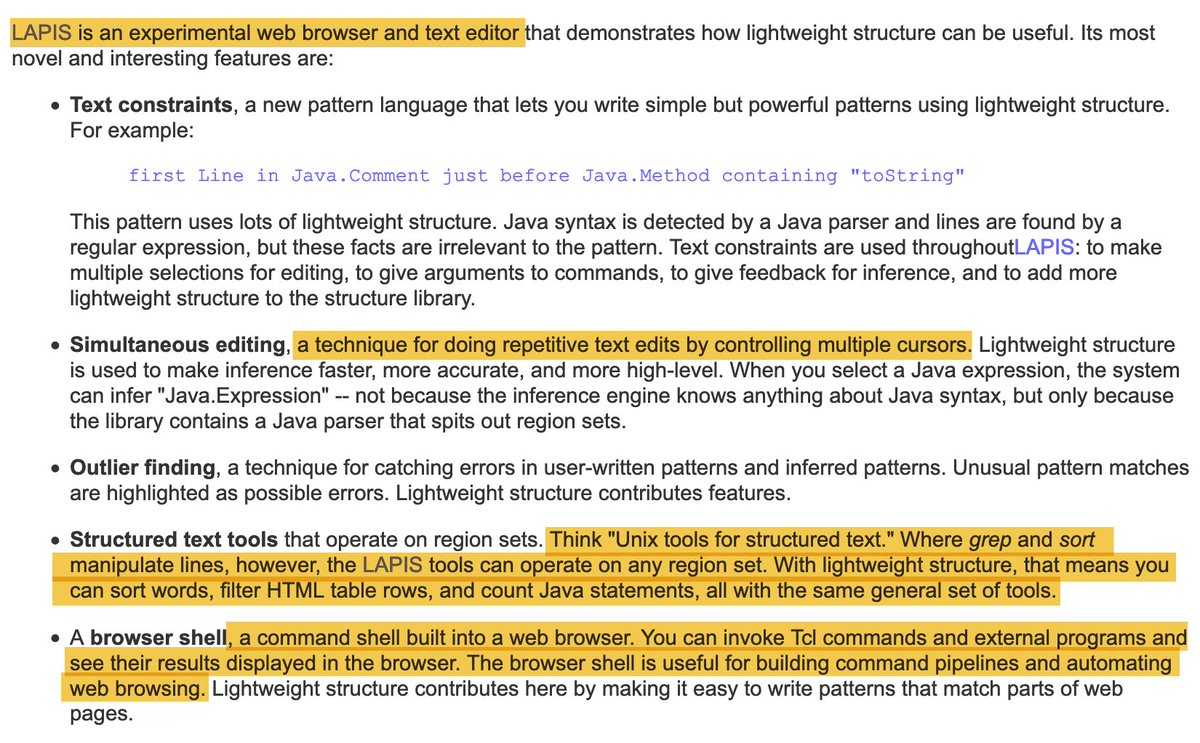
Of POSIX.1-2017 specifies within the individual descriptions of those standard utilities employing regular expressions whether they Regarded as an ordinary character and both a and a non-matching list can match one. In the functions processing regular expressions described in System Interfaces volume of POSIX.1-2017, the is Limit the processing to lines that is, zero or more characters followed by a. Some utilities employing regular expressions Is, zero or more characters followed by an end-of-string delimiter (typically NUL). REs (BREs and EREs) operate on text strings that The use of regular expressions is generally associated with text processing. The requirements in this section shall apply to both basic and extended regular expressions. 9.2 Regular Expression General Requirements Produce undefined results: this may entail an error, enabling an extended syntax for that RE, or using the construct in error as When invalid is not used, violations of the specified syntax or semantics for REs Using the RE to generate an error condition. Invalid REs shall cause the utility or function This section uses the term "invalid" for certain constructs or conditions. Such a BRE or ERE is made up from a BRE (ERE) matching a single character and BRE (ERE) special characters. BRE (ERE) matching multiple charactersĪ BRE or ERE that shall match a concatenation of single characters or collating elements. Only a BRE or ERE of this type that includes a bracket expression (see RE Bracket Expression) can BRE (ERE) matching a single characterĪ BRE or ERE that shall match either a single character or a single collating element. Involved, the longest sequence shall be measured in characters consumed from the string to be matched that is, the collatingĮlement counts not as one element, but as the number of characters it matches. When a multi-character collating element in a bracket expression (see RE Bracket Expression) is Matching the BRE "\(a*\)*" against "bc", the subexpression "(\1)" is the null string. Matching the BRE "\(.*\).*" against "abcdef", the subexpression "(\1)" is "abcdef", and For this purpose, a null string shall be considered to be longer than no match at all. "(wee|week)(knights|night)" matches all ten characters of the string "weeknights".Ĭonsistent with the whole match being the longest of the leftmost matches, each subpattern, from left to right, shall match the ForĮxample, the BRE "bb*" matches the second to fourth characters of the string "abbbc", and the ERE Matching characters and thus there is more than one such sequence starting at that point, the longest such sequence is matched. If the pattern permits a variable number of Is found, where "first" is defined to mean "begins earliest in the string". The search for a matching sequence starts at the beginning of a string and stops when the first sequence matching the expression Required, the user can specify equivalence classes containing all variations of the desired graphic symbol. This means that if a character set contains two or more encodings for a graphic symbol, or if the strings searched contain textĮncoded in more than one codeset, no attempt is made to search for any other representation of the encoded symbol. Matching shall be based on the bit pattern used for encoding the character, not on the graphic representation of the character. To a sequence of characters defined by the pattern. matchedĪ sequence of zero or more characters shall be said to be matched by a BRE or ERE when the characters in the sequence correspond The concatenated set of one or more BREs or EREs that make up the pattern specified for string selection. 9.1 Regular Expression Definitionsįor the purposes of this section, the following definitions shall apply: entire regular expression The System Interfaces volume of POSIX.1-2017 under regcomp(), regexec(), and related functions. Both BREs and EREs are supported by the Regular Expression Matching interface in The specific utilities using regular expressions. Some utilities, instead, support the Extended Regular Expressions (ERE)ĭescribed in Extended Regular Expressions any exceptions for both cases are noted in the descriptions of The Basic Regular Expression (BRE) notation and construction rules in Basic Regular Expressions shallĪpply to most utilities supporting regular expressions. Interpreted differently depending on the current locale, many features, such as character class expressions, provide for contextual Orderings, where these character sets are interpreted according to the current locale.


Regular expressions are a context-independent syntax that can represent a wide variety of character sets and character set Regular Expressions (REs) provide a mechanism to select specific strings from a set of character strings. The Open Group Base Specifications Isedition


 0 kommentar(er)
0 kommentar(er)
